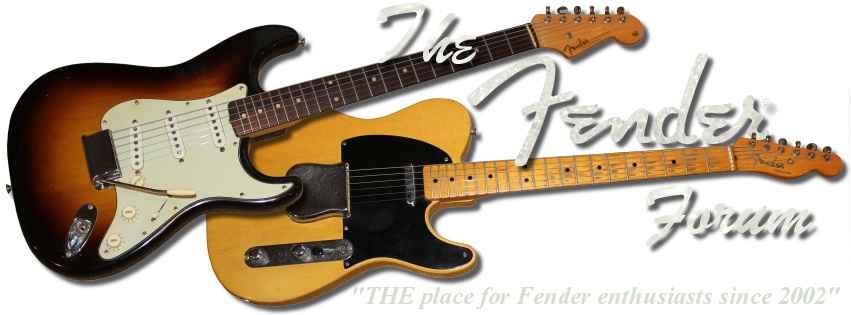Whats the best way to go about this? I want to install an American vintage trem on a strat body I bougth, and need to drill the six holes. I don't have access to a drill press. Is it wise to attempt this with a hand drill?
I have a neck I can mount and it has tuners so I can line up the E strings, but how do I get the position so the strings will intonate correctly?
Also what size drill bit would you guys recommend?



 Reply With Quote
Reply With Quote






